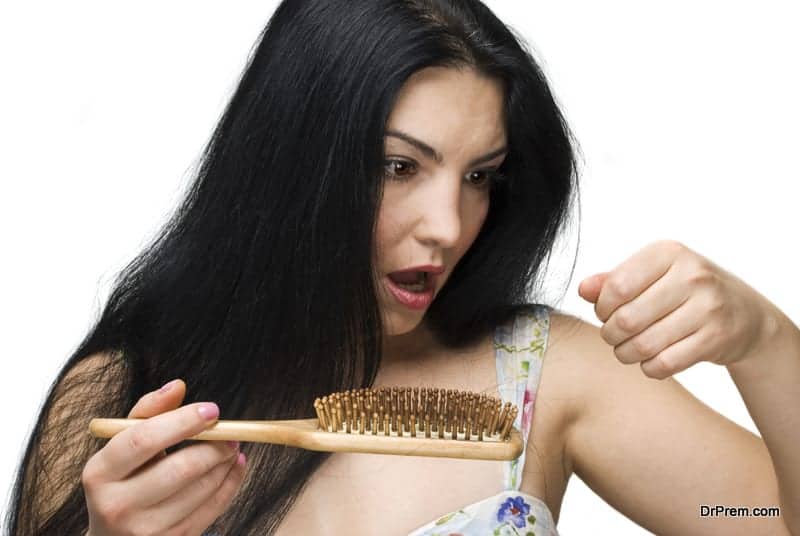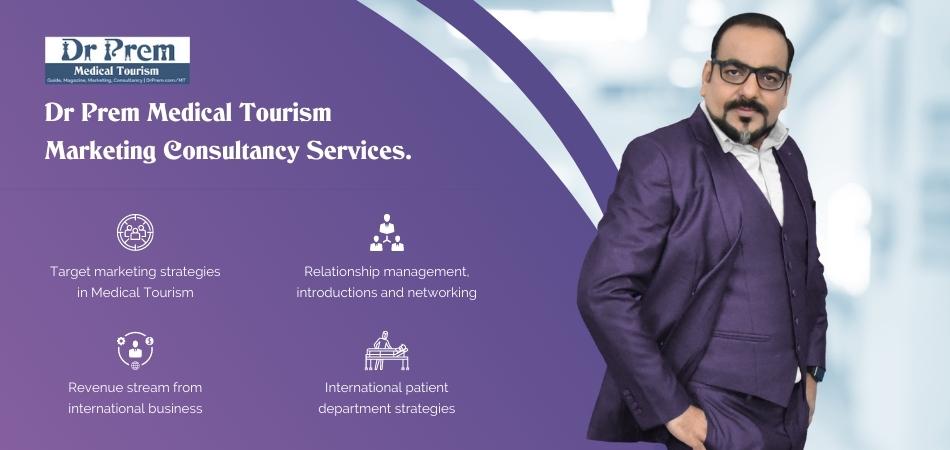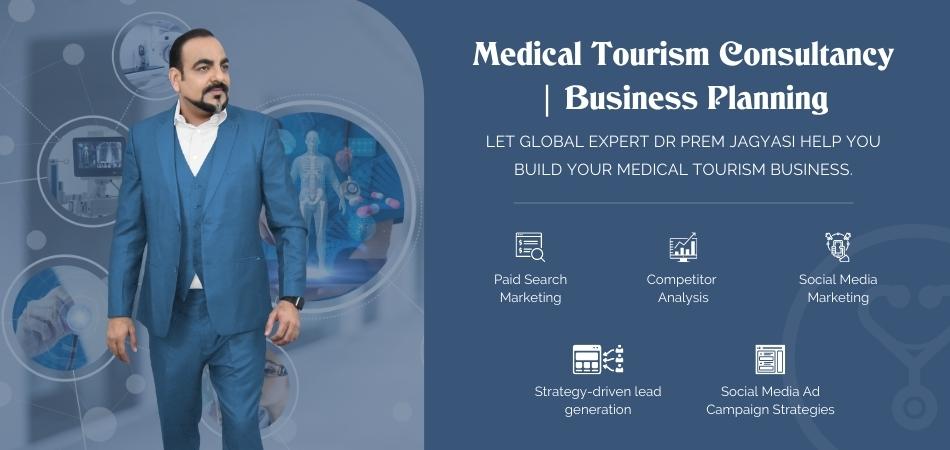In the US alone hair loss treatment industry has touched USD 3.6 billion for treating baldness and other scalp issues. Solutions range from hair transplant, laser helmets, medication and shampoos. But how far hair loss treatments work doesn’t converge to a concrete number nor do they ensure an authentic guarantee.
The crux of the issue is to identify the root cause of hair loss, factors that contribute to baldness and to what extent these can be reversed or controlled. The demand is huge because having hair and not having it makes a great difference in looks.
Patients are ready to pay for solutions and seeing a gap in demand-supply equation, companies have flooded the market with hair re-growth products. But again there exists no sacrosanct system to vouch for the effectiveness of these products.
Understanding the causes:
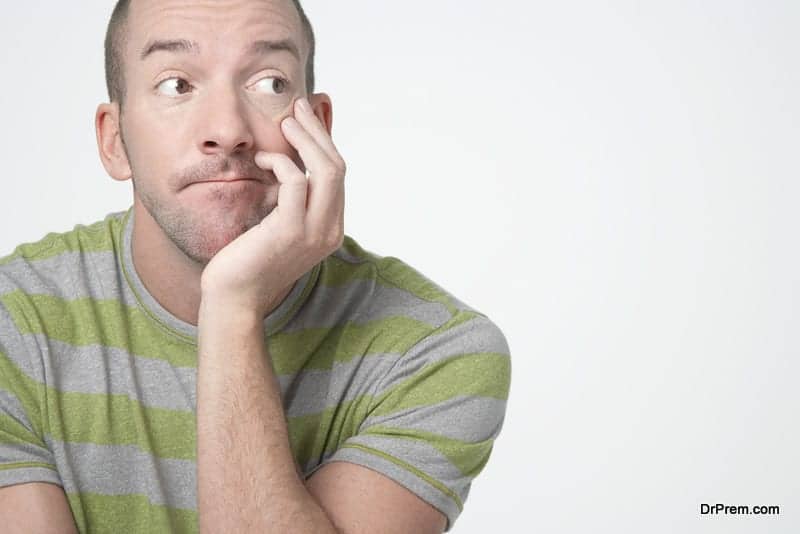
Hairs break away from follicles in which they were embedded beneath the skin. In the eventual talogen stage, follicles go into dormancy for a few months resulting in shedding of hair. On an average, we lose 50 to 100 hairs in a day during this phase change. But if any of the phase change is disrupted, follicles may not wake up from sleep mode. Shrinkage of follicles starts signaling outbreak of hair loss.
Types of hair loss:
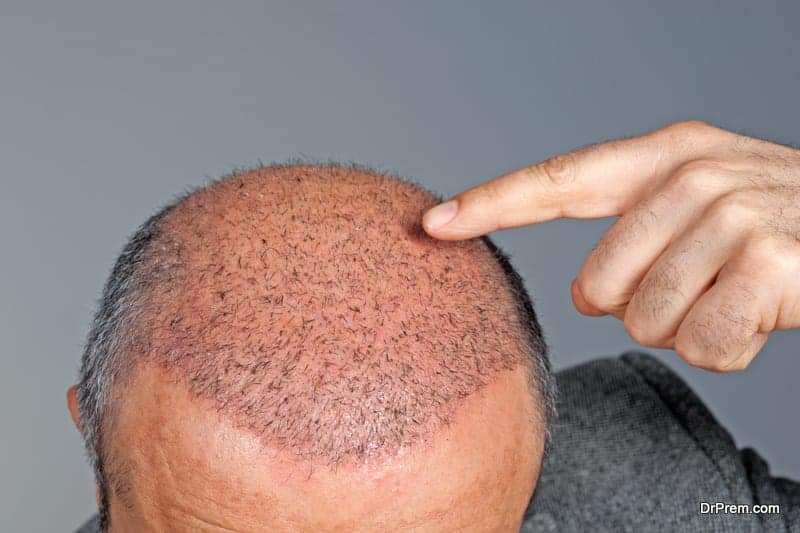
· Androgenetic Alopecia:
The most common type of hair loss affecting 50 million men and 30 million women in the US. Male pattern baldness occurs in response to dihydrotestoterone hormone and is identified as receding hairline or a bald patch.
· Alopecia aerate:
Manifests as patches of hair loss in the scalp and linked to autoimmune disorders. Hair follicles are thwarted by this disorder from sprouting new hair.
· Talogen effluvium:
This is a rather brief phase when hair follicles get detained in talogen or resting phase and growth of new hair is terminated. This phase may get induced three months post medical conditions like surgery, childbirth, iron deficiency, high fever or thyroid malfunctioning.
Which hair loss treatments work?

- Reasons like nutrient deficiency, lack of sleep or stress are just temporary health problems and can be corrected with comparative ease. Hence hair loss arising from above can be addressed effectively.
- If the cause is from the thyroid imbalance, hair loss treatments work well in this case if this autoimmune disorder is resolved.
- On similar lines, medication for cancer treatment like chemotherapy or tamoxifen may be too harsh on the system resulting in hair loss. Once the primary ailment is arrested and medication no longer required, hair grows back generally 2 to 6 months after medication stops.
- Hairstyles such as ponytails and tight knots may exert enough pressure on follicles causing strands of hair to fall off. A change in hairstyle may fix the problem.
Do natural hair loss treatments work?

Sage, rosemary and aloe vera are historically known to be effective in reversing hair loss, but these are yet to be supported by adequate scientific evidence.
Any permanent solution to hereditary hair loss:

Hair loss treatments work with triumph in cases where medications block excess sex hormones working on hair loss aggravation. Finasteride is a case in point. This is a drug that you cannot procure without a valid prescription as it may induce a loss of sex drive as a side effect.
Minoxidil, the drug widely used to treat high blood pressure produced hair growth in unexpected areas as a side effect. Experts from American Hair Loss Association agree that application of Minoxidil lotion on the scalp may improve blood circulation and can be effective in treating baldness to some extent. The benefits are not permanent as the effect wanes off when the drug is discontinued.
How effective is hair transplant?

It is a lengthy and expensive procedure involving risk of complexity and so consultation with a good dermatologist is a must. Initially employed to treat male pattern baldness, hair transplants, if done properly, leads to excellent hair growth. It might need several sittings. The success of transplant rests on how many follicles stay healthy after the transplant.
Fake hair loss treatment solutions:

It is good to note that recently Food and Drug Administration Authorities have cracked down on the sale of fake hair loss treatment products. Consumers should be careful about these 4 hair loss treatment products:
- Hair loss brushes: They promise to improve blood circulation to scalp promoting hair growth. Promises are mostly empty.
- Minoxidil: Although it is approved by FDA it doesn’t work for everyone. To respond to Minoxidil treatment patients should have an active enzyme known as sulfotransferase.
- Hair transplants: The primary issue with this is that many quacks claim to deliver it successfully. Moreover, risks include infection, surgical complications and scarring, odd looks.
- Hair supplements: Healthy nutrition and hair supplements like biotin market their potential to give a gift of luxurious hair. Here you need to be pragmatic. These supplements are not going to stop hereditary hair loss.
Advanced hair loss treatments:
Hair loss treatments work provided you get to explore alternate avenues of treatment as follows:
Laser Therapy:
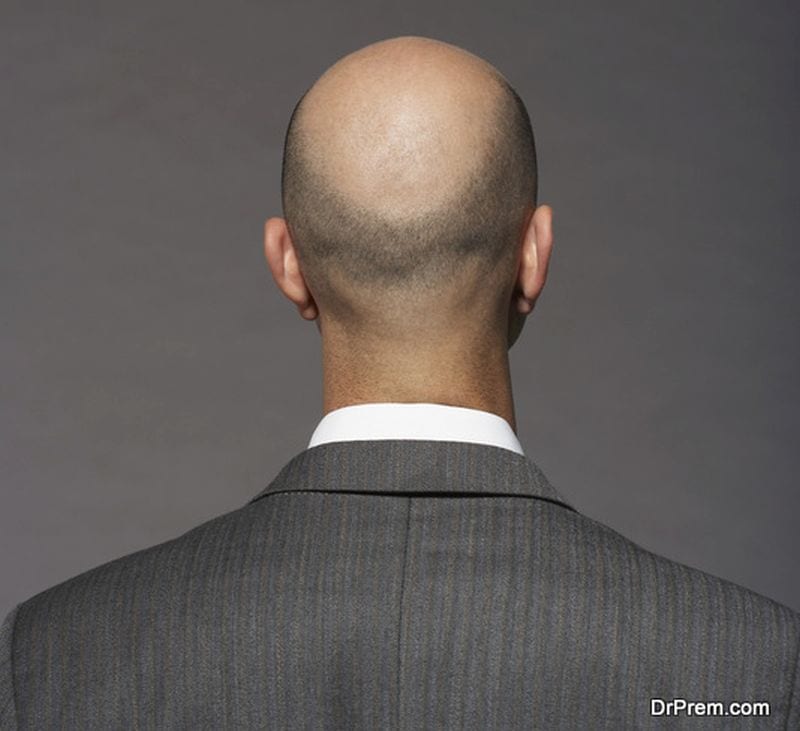
Steroid injections:
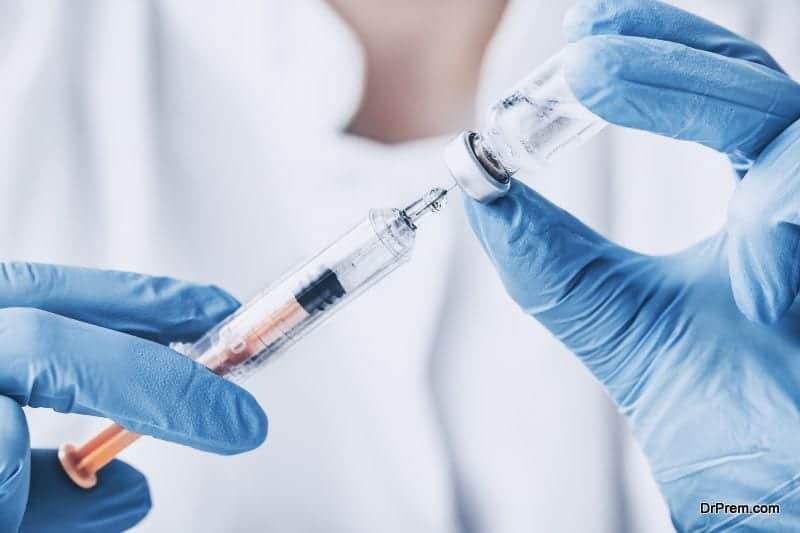
It is not easy to conclude that whether the popular hair loss treatments work in expected lines. Some do experience improvements but there is no concrete data available to prove its long lasting effects. Therefore, it is better to stick to the basics – maintain a healthy lifestyle and follow a minimum hair care routine.


